wallpapering on old plaster
karinl
11 years ago
Featured Answer
Sort by:Oldest
Comments (23)
columbusguy1
11 years agoChristopher Nelson Wallcovering and Painting
11 years agoRelated Professionals
Everett Kitchen & Bathroom Designers · Newington Kitchen & Bathroom Designers · Pleasant Grove Kitchen & Bathroom Designers · Verona Kitchen & Bathroom Designers · Williamstown Kitchen & Bathroom Designers · Cocoa Beach Kitchen & Bathroom Remodelers · Port Arthur Kitchen & Bathroom Remodelers · Sioux Falls Kitchen & Bathroom Remodelers · Spanish Springs Kitchen & Bathroom Remodelers · Tulsa Kitchen & Bathroom Remodelers · Glenn Heights Kitchen & Bathroom Remodelers · Cloverly Architects & Building Designers · Makakilo City Architects & Building Designers · Washington Architects & Building Designers · White Oak Architects & Building DesignersChristopher Nelson Wallcovering and Painting
11 years agolazy_gardens
11 years agocolumbusguy1
11 years agokarinl
11 years agobrickeyee
11 years agoChristopher Nelson Wallcovering and Painting
11 years agobrickeyee
11 years agoChristopher Nelson Wallcovering and Painting
11 years agobrickeyee
11 years agoChristopher Nelson Wallcovering and Painting
11 years agobrickeyee
11 years agoChristopher Nelson Wallcovering and Painting
11 years agokarinl
11 years agoChristopher Nelson Wallcovering and Painting
11 years agokarinl
11 years agoChristopher Nelson Wallcovering and Painting
11 years agochardie
11 years agobrickeyee
11 years agokarinl
11 years agobrickeyee
11 years ago
Related Stories
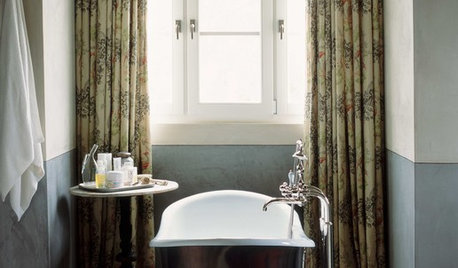
WALL TREATMENTSSurface Smarts: Venetian Plaster
Centuries-old Venetian plaster has made a roaring comeback in modern interiors. Could this old-world wall favorite work in your home?
Full Story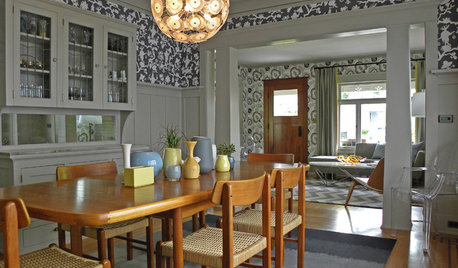
HOUZZ TOURSMy Houzz: Bold Wallpaper Kicks Up a Century-Old Craftsman
Design risks pay off in a Seattle bungalow that combines fearless patterns with subtler colors and a sophisticated practicality
Full Story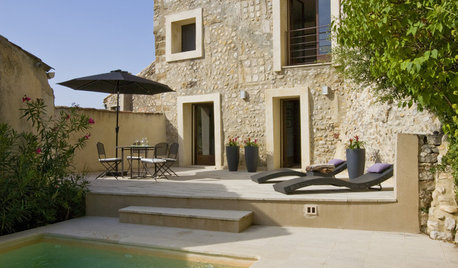
MODERN HOMESHouzz Tour: 800-Year-Old Walls, Modern Interiors in Provence
Old architecture and new additions mix beautifully in a luxurious renovated vacation home
Full Story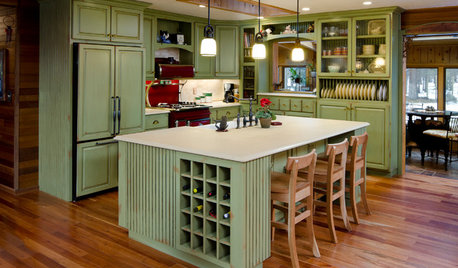
MOST POPULARHow to Reface Your Old Kitchen Cabinets
Find out what’s involved in updating your cabinets by refinishing or replacing doors and drawers
Full Story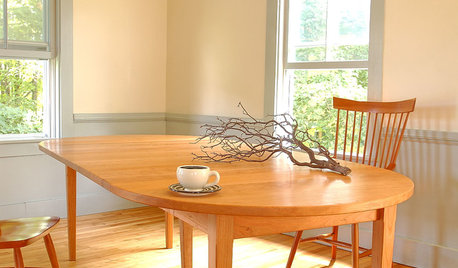
DECORATING GUIDESStrange but True Parallels Between Early Western and Old Japanese Style
Part 1 of our 'wabi-sabi' series: in which Shaker and Arts and Crafts designs reveal simplicity, modesty and integrity
Full Story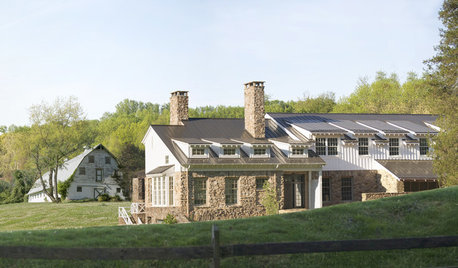
FARMHOUSESHouzz Tour: An Old Barn Inspires a Gracious New Home
Graceful and elegant, this spacious home in the Virginia countryside takes farmhouse style up a notch
Full Story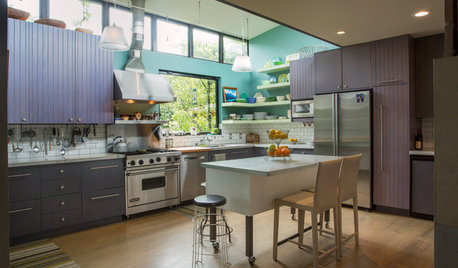
HOUZZ TOURSMy Houzz: 2 Old Cottages Become 1 Cool, Colorful Home
A central entry unites 2 small houses, creating a home with an open living area, private bedrooms and eclectic decor
Full Story
DECORATING GUIDESBotanicals Gone Wild: Wallpapers that Wow
Sweet Floral Prints Are Bigger and Spreading Faster Than Kudzu
Full Story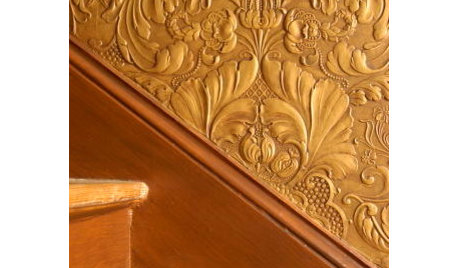
DECORATING GUIDESBrush Up on Paintable Wallpaper for a Posh Look
Customize your wall treatments the affordable way, with richly textured wallpaper painted any color you like
Full Story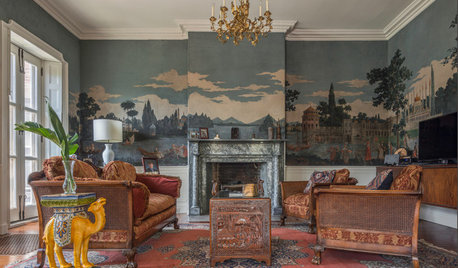
ROOM OF THE DAYRoom of the Day: New Life for Historic Wallpaper Landscapes
In a Rhode Island mansion, painstaking restoration saves lavish woodblock-printed paper scenes commissioned in the early 1800s
Full StoryMore Discussions






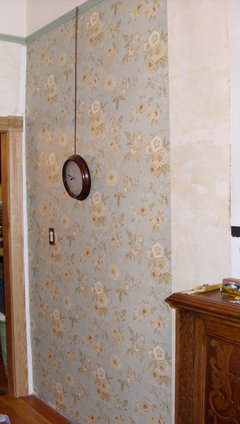




karinlOriginal Author